EDITORIAL
Published on 16 Jan 2023
Editorial: Pathophysiological and clinical advances in asthmatic inflammation from the nasopharynx to the peripheral airway in the respiratory tract systems
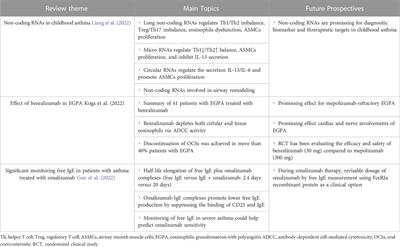
doi 10.3389/fphar.2023.1037610
- 839 views
12k
Total downloads
38k
Total views and downloads
EDITORIAL
Published on 16 Jan 2023

ORIGINAL RESEARCH
Published on 16 Sep 2022
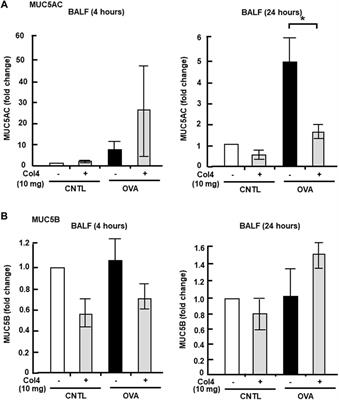
REVIEW
Published on 17 May 2022

CORRECTION
Published on 21 Apr 2022
ORIGINAL RESEARCH
Published on 20 Apr 2022
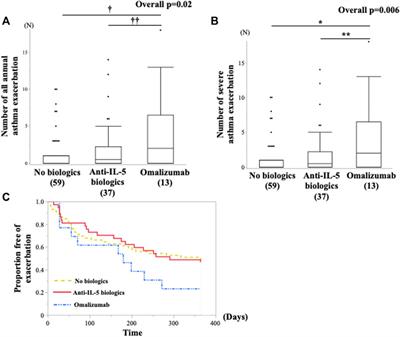
REVIEW
Published on 10 Mar 2022
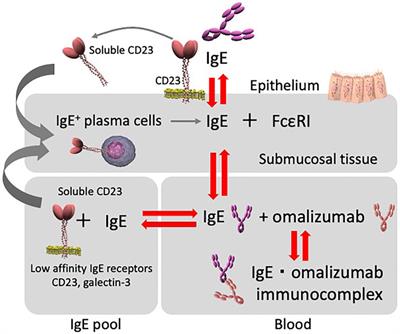
MINI REVIEW
Published on 10 Mar 2022
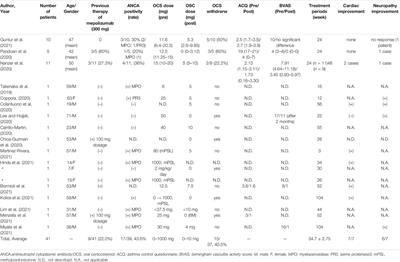
ORIGINAL RESEARCH
Published on 24 Jan 2022

CASE REPORT
Published on 13 Jan 2022

ORIGINAL RESEARCH
Published on 03 Jan 2022
